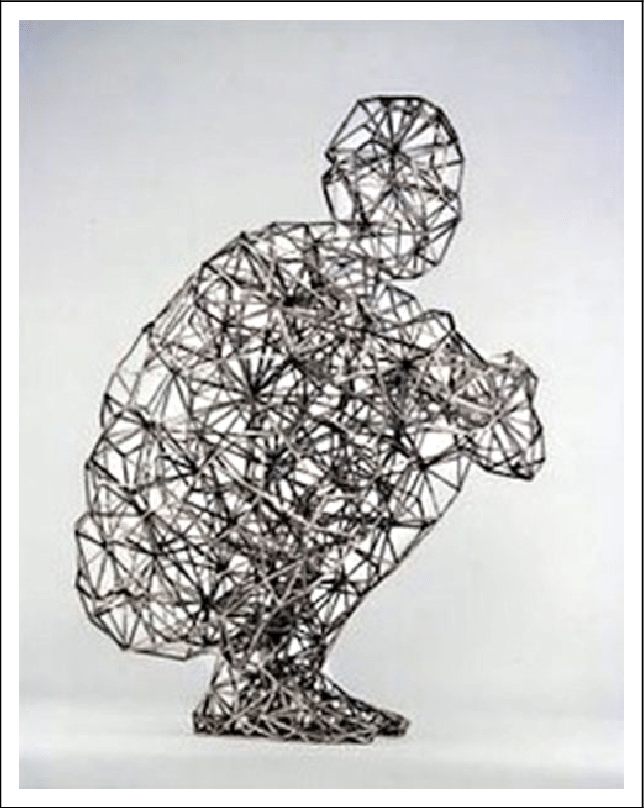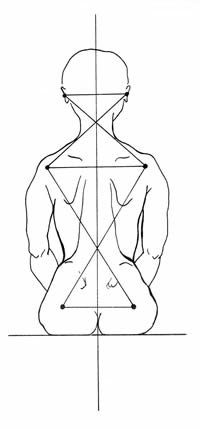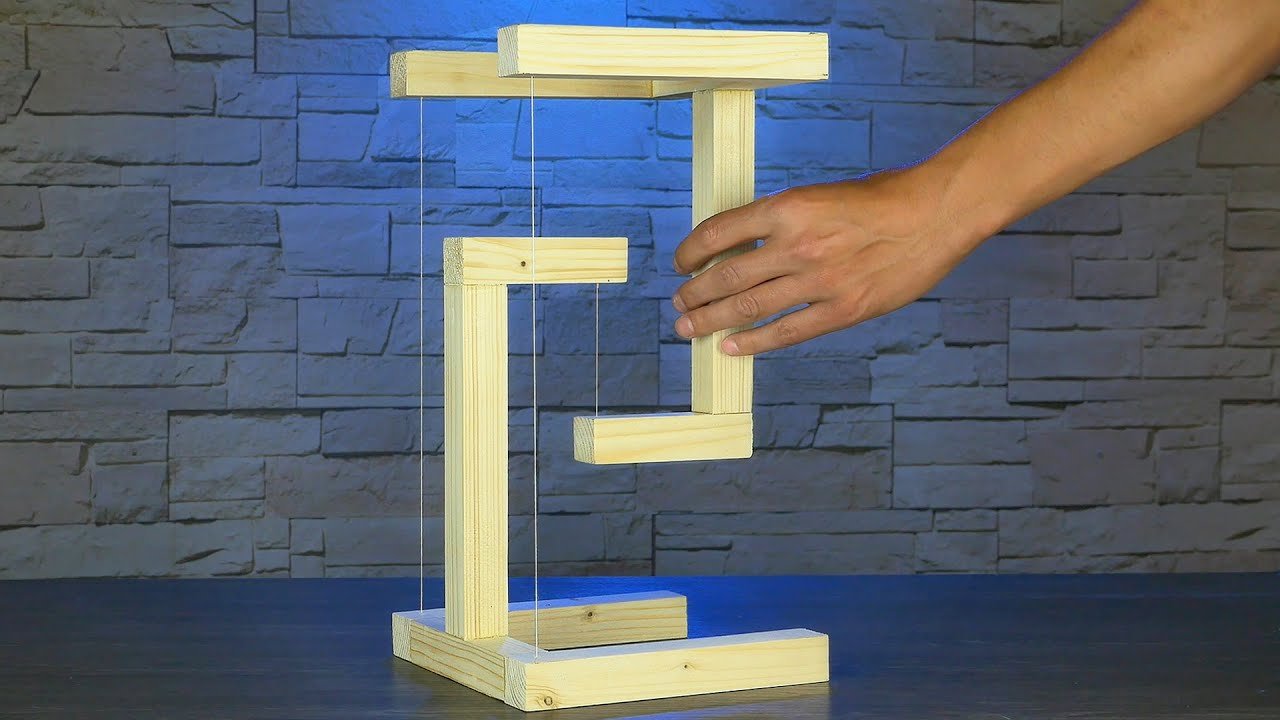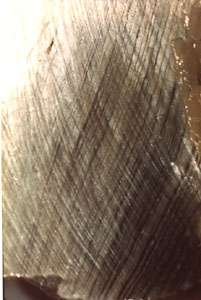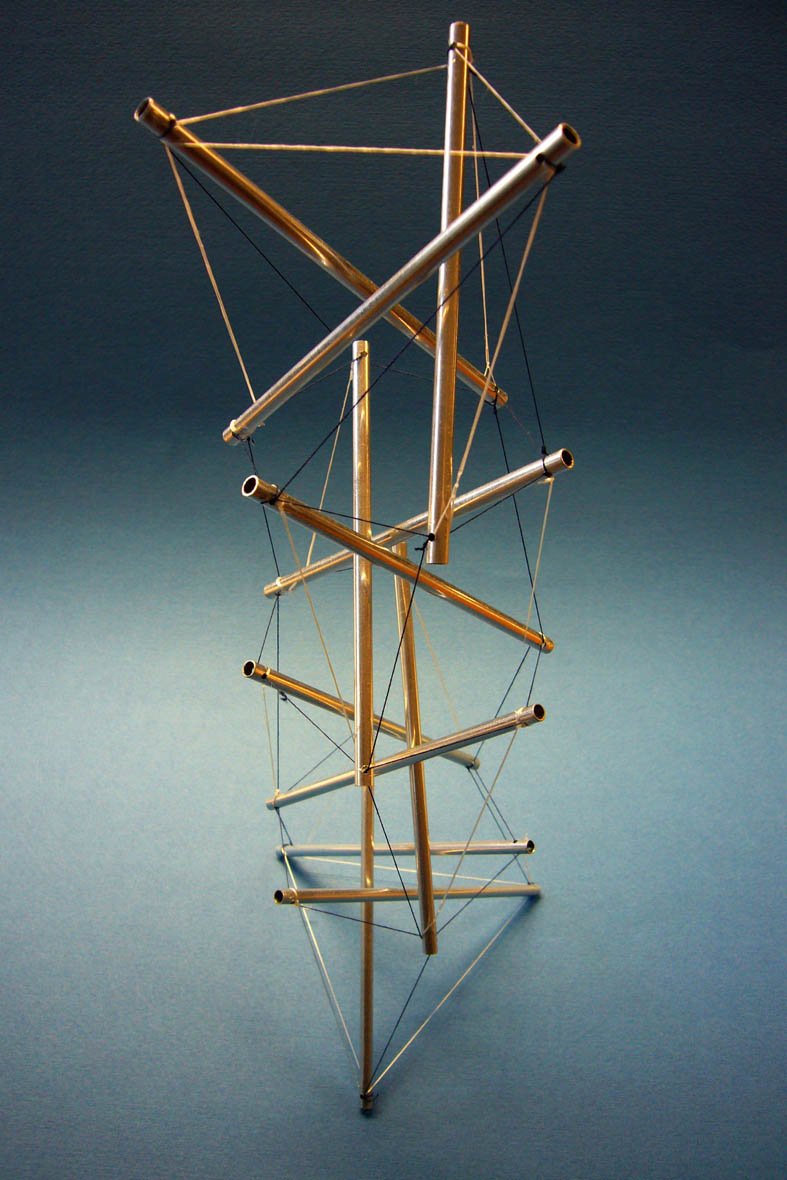More about Fascia!
October 1, 2017
From the cellular level to the dermis, our uprightness as vertebrates depends not only on bone or muscle, but also on a critical network of connective tissue called fascia. A unique and ubiquitous structure, the anatomy of fascia is analogous to a network of thin and diaphanous bags which abut each other like the cells of juice within an orange wedge. Contained in these bags are every cell, nerve, organ and bone... and in their endless connections they become one collective, body-wide organ capable of changing size/shape and conversing with the brain. In other words, in addition to connecting every other structure in the body, fascia is also both elastic and intelligent. Meaning... fascia listens, fascia responds and fascia even remembers!
When a section of tissue is injured or put under strain, the body will call for reinforcing fibers to be built in this area - essentially creating scar tissue, which has a very similar makeup to fascia itself. Like a sweater that has been snagged, a pull or adhesion in fascia in one area of the body will unavoidably create compensations in nearby areas.
To understand the concept of fascial memory on an even deeper level, let's back up and think for a moment about embryonic development. We know that in utero one cell splits into two, and again and again and again until the cells are so many as to make up an entire human body. The head is one of the earliest areas of development, and from here three main layers of tissue arise: the endoderm (inner), the mesoderm (middle) and ectoderm (outer). Fascia arises from the inner endoderm and as such comprises the oldest, innermost layer of our bodies.
So, when we seek touch through bodywork - or any other means - we are asking to be contacted through-and-through, down to our deepest levels.
#tucsonstructuralbodywork #fascia #muscle #bone #myofascialrelease #knowyourbody #anatomy #bodywork #selfcare #selfknowledge
